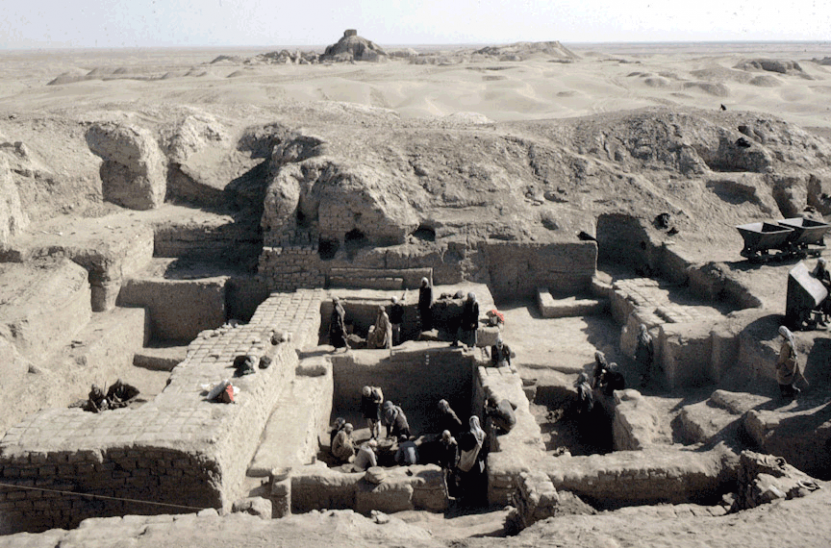|
Other Archaeological Sites / The Neolithic of the Levant (500 Page Book Online) Nippur -- Niffer -- Nuffar
Situated 150 kilometers southeast of Baghdad in Iraq, Nippur was centrally placed in the territory of the Sumer civilization of the 3rd millennium BC. As well as being the centre of a city-state it played a special role in the life of Sumer as a religious city, centre of the worship of the God Enlil. Nippur was occupied from Uruk times to the Parthian Period. Important monuments include a series of Early Dynastic temples dedicated to Inanna, the temple of Enlil and the neighbouring ziggurat of the Ur III Period that was later converted into a Parthian fortress. Nippur is particularly important to scholars because of its large archives of cuneiform tablets ranging in date from the late 3rd millennium to the later 1st millennium BC and including both administrative and literary texts. Although never a capital city, Nippur had great political importance because royal rule over Mesopotamia was not considered legitimate without recognition in its temples. Thus Nippur was the focus of pilgrimage and building programs by dozens of kings including Hammurabi of Babylon and Ashurbanipal of Assyria. Despite the history of wars between various parts of Mesopotamia the religious nature of Nippur prevented it from suffering most of the destructions that befell sites like Ur, Nineveh and Babylon. The site thus preserves an unparalleled archaeological record spanning more than 6000 years.
|


 Frontispiece in
Frontispiece in